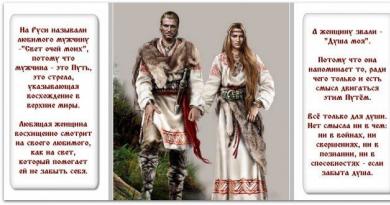German is one of the European languages spoken by 120 million people. If you know him, you can communicate freely with Germans, Austrians, Swiss, residents of Luxembourg and Liechtenstein. These are not all countries where many speak the language of Heine and Nietzsche. Learning any language begins with the alphabet, and German will be no exception.
How many letters are in the German alphabet?
The German alphabet consists of 26 letters. It is also based on Latin, but has its own characteristics. What makes the language special are symbols such as umlauts (vowel letters with dots, for example: Ä-ä, Ü-ü, Ö-ö) and the ligature ß.
The language of Kafka and Mann has a phonetic basis. If you study the sound system, it will be clear how the word is written, and its graphic representation will not cause obstacles in pronunciation.
How many vowels are there in the German alphabet?
There are 8 vowels in German, they form twice as many sounds.
Vowels in German can be long or short, and the duration of the vowels can change the meaning completely. Like most European languages, German also has diphthongs:
- Ei - (ai);
- Ai - (ai);
- Ie - long(s);
- Eu - (oh);
- Äu - (oh);
- Au - (ay).
Vowels in words create open and closed syllables. In an open syllable or a conditionally closed one, when the form of the word changes, the syllable can again become open.
How many consonants are there in German writing?
There are 21 consonant letters in the German alphabet.
| Letter | Name | Pronunciation | Note |
|---|---|---|---|
| Bb | (bae) | Subject to the same orthoepic norms as a similar sound in Russian (b) | |
| Cc | (tse) | Participates in combinations ch and chs; before e and i in some cases one “c” is pronounced as (ts). In borrowings it can appear as (c) | |
| Dd | (de) | Similar to Russian (d) | |
| Ff | (ef) | Gives sound (ph) | The letter “v” makes a similar sound in German. |
| Gg | (ge) | Sounds like (g) | At the end of a word in the vicinity of ig it sounds like (хь), close to (ш) |
| Hh | (Ha) | Sounds like (x) | Often in words it is indicated only in writing, one of the unpronounceable consonants of the language. It is often reduced in the position between vowels and at the absolute end of a word |
| Jj | (yot) | Sometimes like (dz) or (z) | |
| Kk | (ka) | Pronounced traditionally as (k) | The -ck remains a sound (k) |
| Ll | (el) | Pronunciation is similar to Russian (l) | |
| mm | (Em) | Gives sound (m) | |
| Nn | (en) | Gives sound (n) | |
| Pp | (peh) | Gives sound (p) | |
| (ku) | Usually like (k) | If combined with qu, the sound (kv) comes out | |
| Rr | (er) | Slightly burry (r) | At the end of a word it can transform into (a) |
| Ss | (es) | (h) at the beginning of a word | At the end of the word it is deafened to (s) |
| Tt | (te) | Gives sound (t) | |
| Vv | (ugh) | Gives sound(ph) | In borrowings gives sound (in) |
| Ww | (ve) | Gives sound(s) | |
| Xx | (X) | (ks) | |
| Yy | (upsilon) | Gives sounds (y) and (y:) | |
| Zz | (tset) | Traditionally gives a combination of sounds (ts) |
Features of consonants and their combinations in German
- The letter C forms an affricate with h – ch (хь) or (с);
- chs gives sound (ks);
- before e and i in some cases one “c” is pronounced as (ts).
Other cases are no less interesting:
- The juxtaposition of the letters Sch gives the sound (sh).
- The affricate ph gives rise to the sound (f).
- The letter combination ts is pronounced (ts). A special feature is the ligature ß (esset), which expresses the short sound of a sound similar to Russian (c). It traditionally stands in the middle of a word or at its end.
- DT or TH produce the same sound (t).
- The letter combinations tsch are similar to the sound (ch).
- And Z or TZ give rise to sound (ts).
German alphabet and speech. 15 interesting facts
- Until about the 12th century, runic writing was widespread in Germany.
- Since the 15th century, the Schwabacher font has spread, which belongs to gothic style letters. It was widespread until the beginning of the last century. However, in the century before last, it began to be supplanted first by Fraktura, and later by Antiqua. They were officially recognized only after the 1918 Revolution.
- Since the 20s of the twentieth century, the Sütterlin font has become popular.
- In 1903, a special telephone directory for reading was published german words by sounds. Initially, they tried to convey the letters in numbers, but this was difficult to remember.
- In military affairs, when encrypting, the ligature ß and affricate ch were replaced by letter combinations.
- During Hitler's reign, they tried to revive the imperial font, but the idea did not take root.
- The stress in German usually falls on the first syllable. When a word has an unstressed prefix, the stress shifts to the second syllable.
- All nouns in German writing, regardless of their place in a sentence, are written with a capital letter.
- The word "girl" in German is neuter. And this is not an isolated case: similar inconsistencies often occur in language.
- Some phraseological units in German are funny when translated directly. The phrase, which we would translate as “You have a pig!” means that the person was called lucky. With the words “This is not your beer!” Germans remind each other not to meddle in other people's affairs.
- The word "fraer", which is considered jargon in Russian speech, comes from German. They call it the groom.
- The longest word in the German language, which is still used in speech and writing, consists of 63 letters.
- Germans often use the words “treasure”, “Romeo” and even “stallion” as endearing words for their lovers.
- John Guttenberg printed the first book on his press not in German, but in Latin. Famous Bible in German translation appeared 10 years later.
- German could become the official language in the United States. After the Civil War, at a meeting of Congress, the English won by chance. One more vote was cast for him than for German.
Video on the topic
Combination A.I. reads like AI.
Please note that at the end b reads like a deaf Russian p.
C - used extremely rarely and usually in words of foreign origin. It is most often used in the letter combination CH, which sounds like the Russian Х after the German vowels A, O, U and the diphthong (letter combination) AU, in other cases it is pronounced as Хь. It should be noted that German CH- very soft.
But there is still a difference from the Russian X. It is usually very faint and similar to English H. In Russian, a similar sound is observed in the word verse, fur.
In very few foreign words CH can be read as
Russian Sh or Ch.
Chef[chief]
boss, boss
Chic[chic]
chic
Letter C often used in German in words of foreign origin. It can be read like Russian K, but not always.
Сristus[christus]
Camping[campin]
The letter combination CK is read like Russian K.
Nota bene! You may be a little confused by so many possible readings, but almost always you will only encounter phrases CH And CK, which are read strictly according to the rules. Remember just one very commonly used word starting with the letter C in German.
Here we hear a voiced D at the beginning of a word and a voiceless T at the end of a word.
Sometimes you will come across the phrase -dt, it is usually read as a simple Russian T.
E - pronounced like a weak Russian E, although of course experts talk about something in between Russian E and I. The main thing when pronouncing this E Don't overdo it with emphasis. German E is always pronounced weakly, not at all like the Russian E in the word “this”, “era”.
| endlich | finally |
| eng | narrow |
In German there are also combinations of two vowels. The combination of two vowels in German is called a diphthong. We have already seen such combinations with the letter A — A.I., AU. But there they were read clearly and predictably. But there are also differences.
What is a diphthong? This is the pronunciation of two vowels one after another as a transition from one vowel to another. You pronounce the first vowel and, as if gradually, move on to the second.
Diphthong is a smooth transition from one vowel to another
So, diphthongs
EI - pronounced close to Russian AI. Remember - not HEY, but HAY!
BUT! Before the letter L, the diphthong EI is read as YAY. This is due to the peculiarities of the German letter L.
F - pronounced like Russian F.
H - reads like a Russian Х (only very dull, approximately like a simple exhalation) only at the beginning of a word, root syllables and
some suffixes. Try to pronounce this sound only with your throat, like a normal exhalation.
In all other cases, this letter is not readable, but after a vowel it indicates the length of the vowel. In the transcription we will indicate longitude with the colon symbol - :
The letter combination IE is read as a long Russian I.
Attention! The length of a vowel in German is very important because... this often changes the meaning of the word. Therefore, try to “stretch” long vowels longer.
K - reads like Russian K.
L - usually rendered as Russian L', although it is somewhat harder than the usual Russian L'. Those. This is a soft L. Look at the example with the word Liebe using IE as an example. Double LL is pronounced the same as single L.
Attention! Remember that doubling a consonant (LL, TT, MM) is an indication that the vowel sound preceding it is short.
M - reads like Russian M.
N - reads like Russian N. There is also the phrase NG, which is pronounced like a nasal N, G is not even close! Long, nasal Russian N.
O - reads like Russian O.
P - reads like Russian P. The letter combination PH is read like Russian F.
The letter combination PF is read as the diphthong PF. Those. a sound in which the letter P smoothly turns into the letter F.
Q - ALWAYS used as a letter combination QU, which is read like Russian KV.
| Quark | cottage cheese |
| quer | across, transverse |
R - but here we have big problems. This letter is still read differently. I will give my interpretation.
So! At the beginning of a word or before a vowel, the German R is read as a voiceless R. NO Russian R! Remember burring Lenin if you find it difficult
imagine it. But after a vowel, the German R is actually not pronounced, although it is heard. Press your tongue against your lower teeth and WITHOUT THE HELP of your tongue, try to QUIETLY pronounce R with your throat only. This will be approximately what you need.
The letter combination RH is read like the usual German R.
There are also phrases -AR, -ER, -OR, -IER. Remember a simple rule.
At the end of a word/syllable, the R sound drops out and the vowel sound becomes more open. In the middle of a word/syllable, the sound R is pronounced like a regular German R. And in the case of -ER, at the end of the word/syllable, we hear a subtle guttural A.
S - problems again. But it's quite easy to remember. Before and between vowels - pronounced like Russian Z, at the end of a word - like Russian S. Double SS is read like short Russian S, sometimes it is displayed as the letter es-tset (ß) - which is similar to the small capital Russian letter V in writing.
The letter combination SCH is read like the Russian Ш
T - reads like Russian T (a little aspirated). The letter combination TH is read like a regular German T. The letter combination TSCH is read like Russian
H, but a little harder.
| Traum | dream |
| Deutsch | German) |
U is read like Russian U.
W - reads like Russian V.
X - reads like Russian KS. A rather rarely used letter in the German language.
Y - read like Russian I or Yu - is used extremely rarely, only in words of foreign origin.
Letters with umlaut.
Ä - closest to the Russian letter E. This is a more open E, but still pronounced more with the throat than the tongue.
Ö is closest to the Russian letter Ё, but still closer to the nasal Russian O.
Ü is closest to the Russian letter Yu, but is still pronounced closer to the throat U
ß - letter Eszett, double
You can teach in pictures from the very beginning early age. All letters are presented below, after the article. If German will be one of your child’s main languages (or even the main one), then after a year german letters in pictures will be useful for study. Otherwise, of course, it’s better to wait a little.
Don't be surprised, but after a year German letters in pictures It's quite possible to teach. Because now a child remembers everything like a sponge. German letters in pictures will become something bright for him, colorful - and therefore memorable. Hang one letter on the wall or closet today and tell your child that it is such and such german letter. Then, after some time, when you see that the child already clearly remembers exactly how it sounds german letter, hang another letter. This is both a game and also the development of the baby.
Older children can color German letters in pictures, putting them in order, like an alphabet. German letters in pictures make up german alphabet. You will also have to learn it sooner or later if you want your child to know German. Coloring is something that can help in learning each individual German letter. The child will color today the first letter of German alphabet, tomorrow the second, the day after tomorrow the third - and so on.
It just seems like it will take a lot of time. In fact, one month - and german alphabet in coloring books will be ready. The main thing is to start repeating it again, and perhaps from the end. It is important to remember here that german alphabet You can also forget, while we learn one thing, we forget another. Therefore, repeat with your child every day German letters in pictures, from what you have already colored and learned. Thus, german alphabet learning is easier and more fun. It's not as dry as in the book - German letters in pictures with coloring give freedom of creativity.
On the other hand, maybe the child does not need such freedom. Then print it out for yourself German letters in pictures already painted by us. And the child will ALREADY be able to teach german alphabet according to the finished material. Even if you don't know yourself German- no problem. In our pictures german letters are depicted with Russian transcription. So you can easily help your child yourself, learn new things, German.
German alphabet presented with high-quality pictures in A4 format.
The first letter of the German alphabet is A, click on it to see the coloring page.
The second letter of the German alphabet is B, to see the coloring you need to click on the letter.

The third letter of the German alphabet is C, click on it to learn the coloring page.
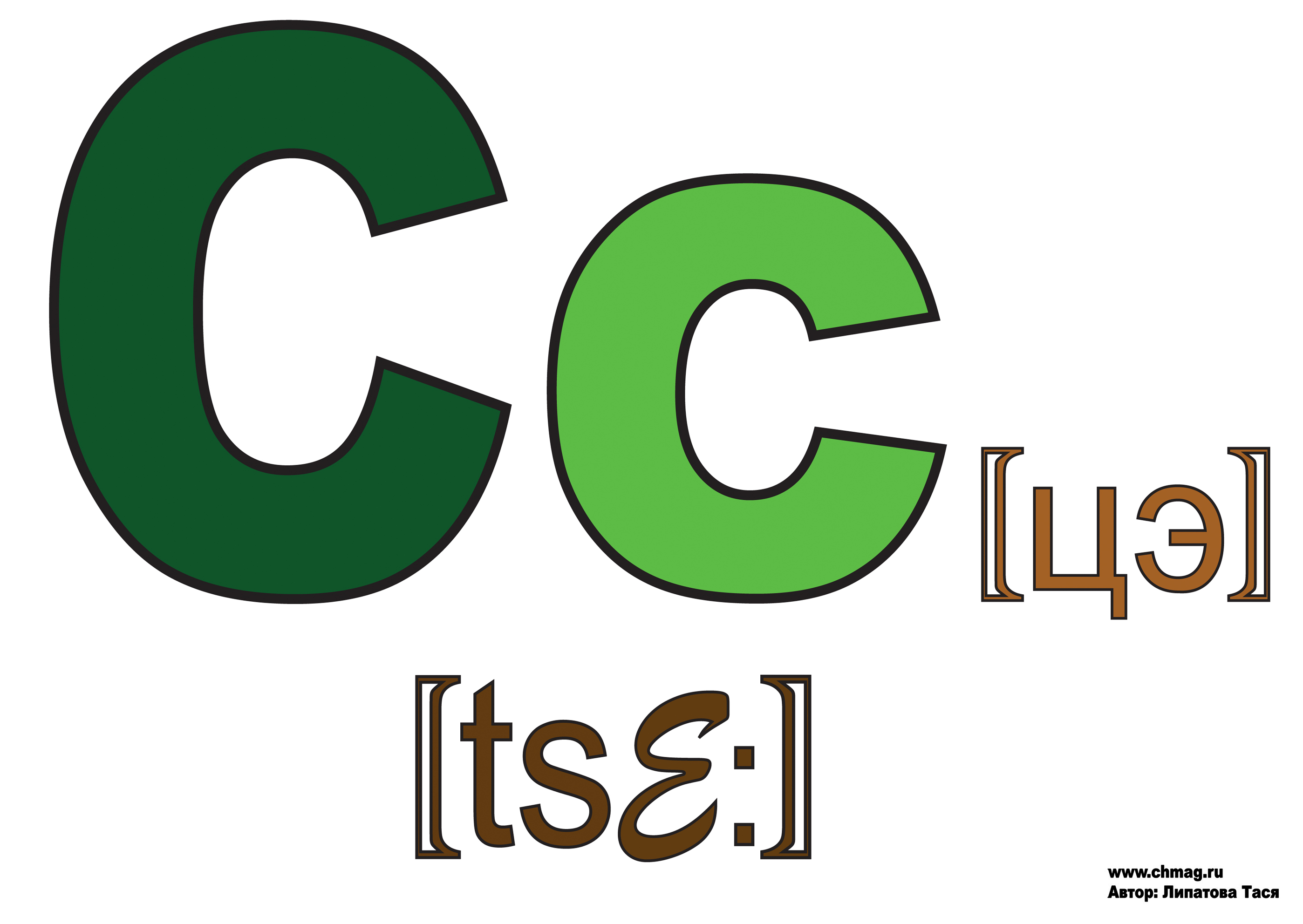
The fourth letter of the German alphabet is D, click on it to see the coloring page.
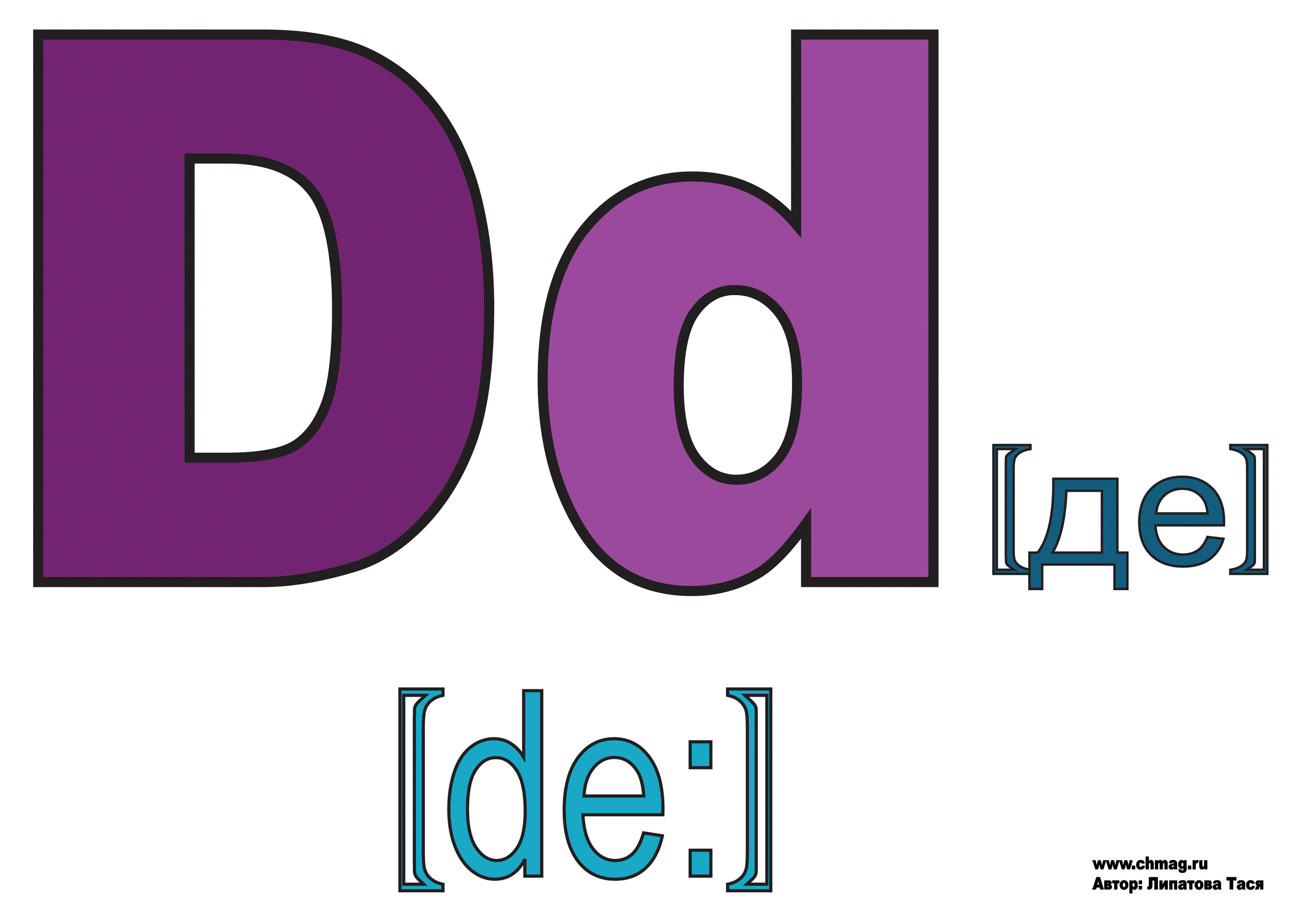
The fifth letter of the German alphabet is E, click and the coloring page will open.
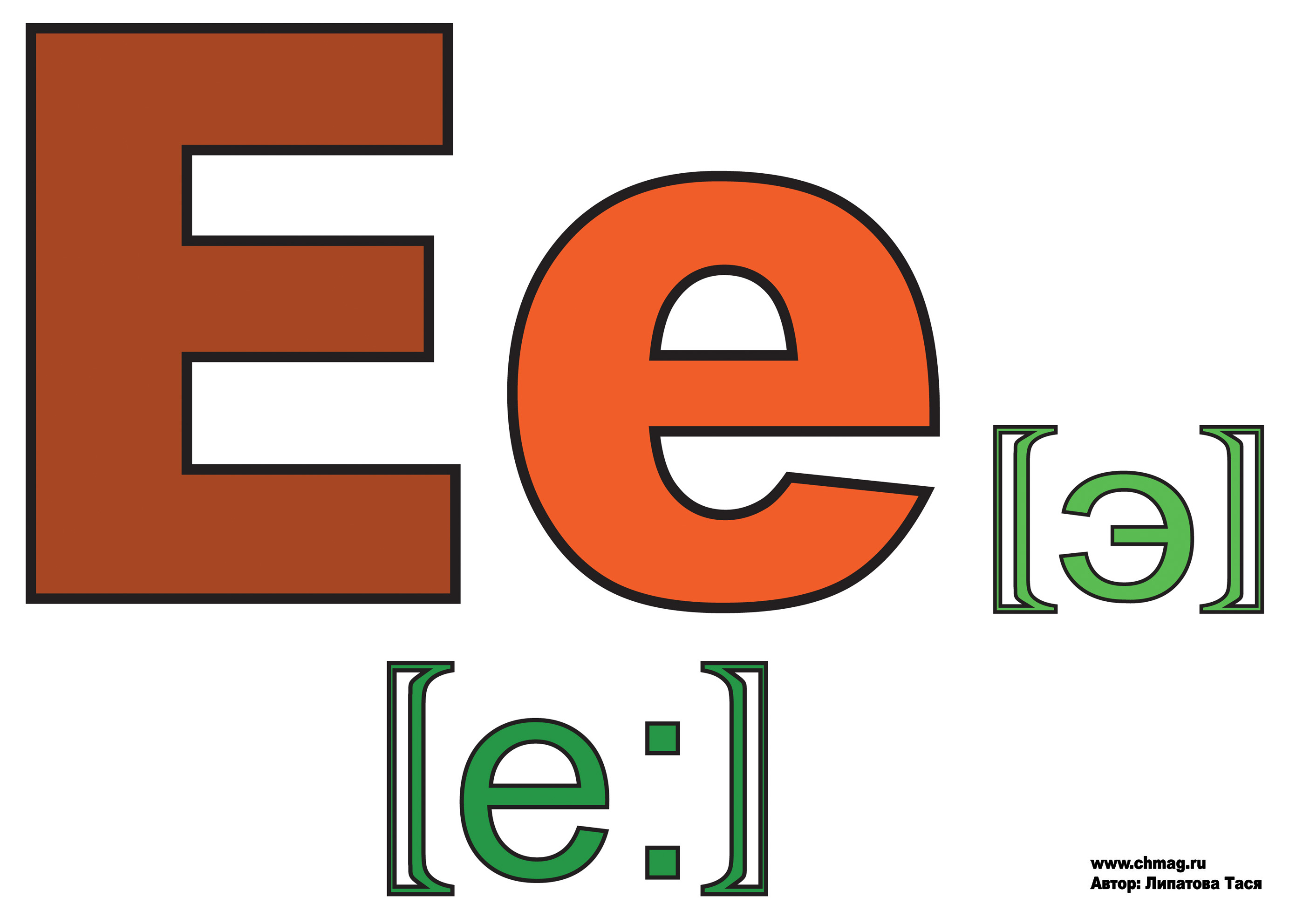
The sixth letter of the German alphabet is F, click and the coloring page will open.

The seventh letter of the German alphabet is G, click and the coloring page will open.
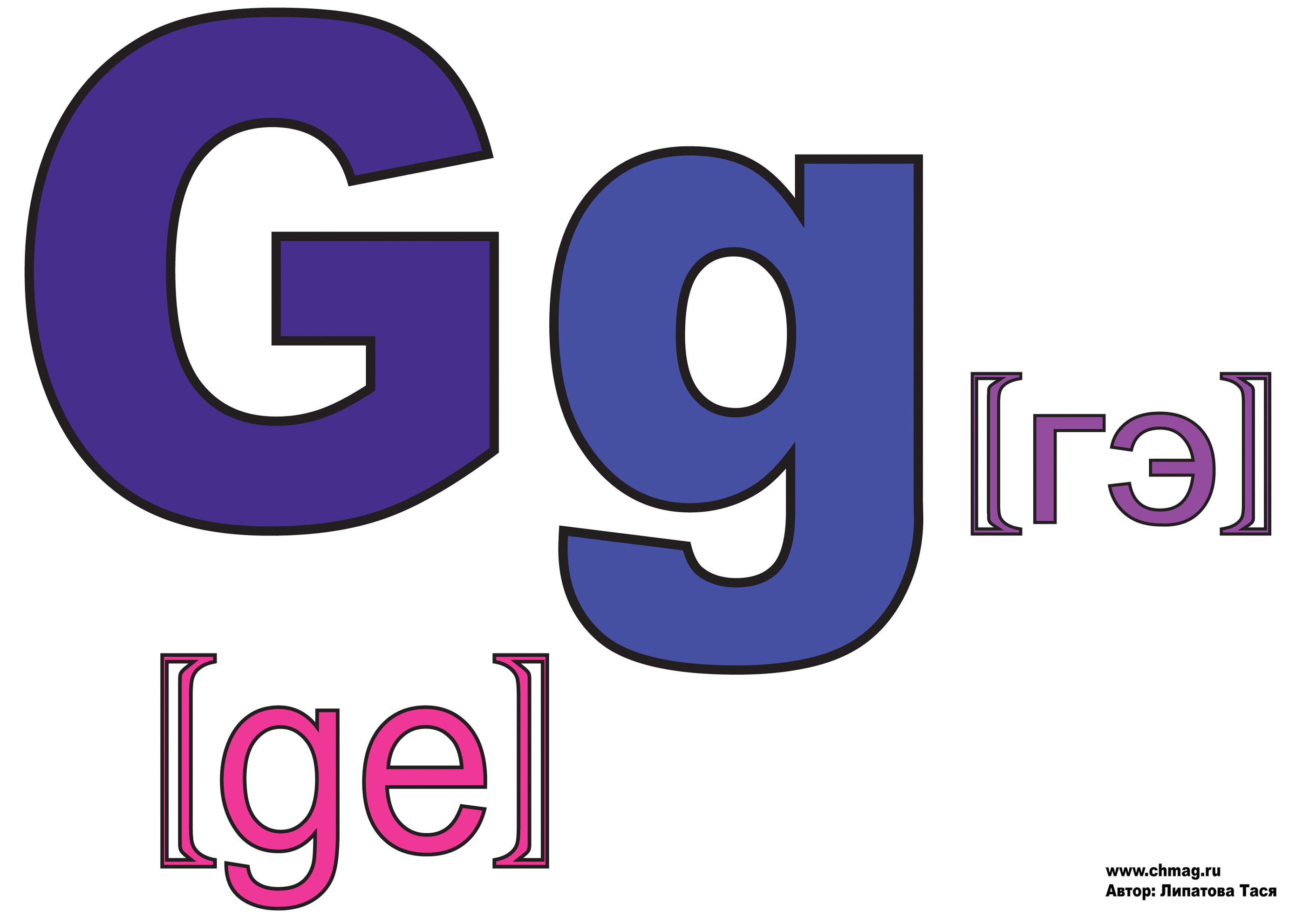
The eighth letter of the German alphabet is H, click to open the coloring page.

The ninth letter of the German alphabet I, click to open the coloring page.
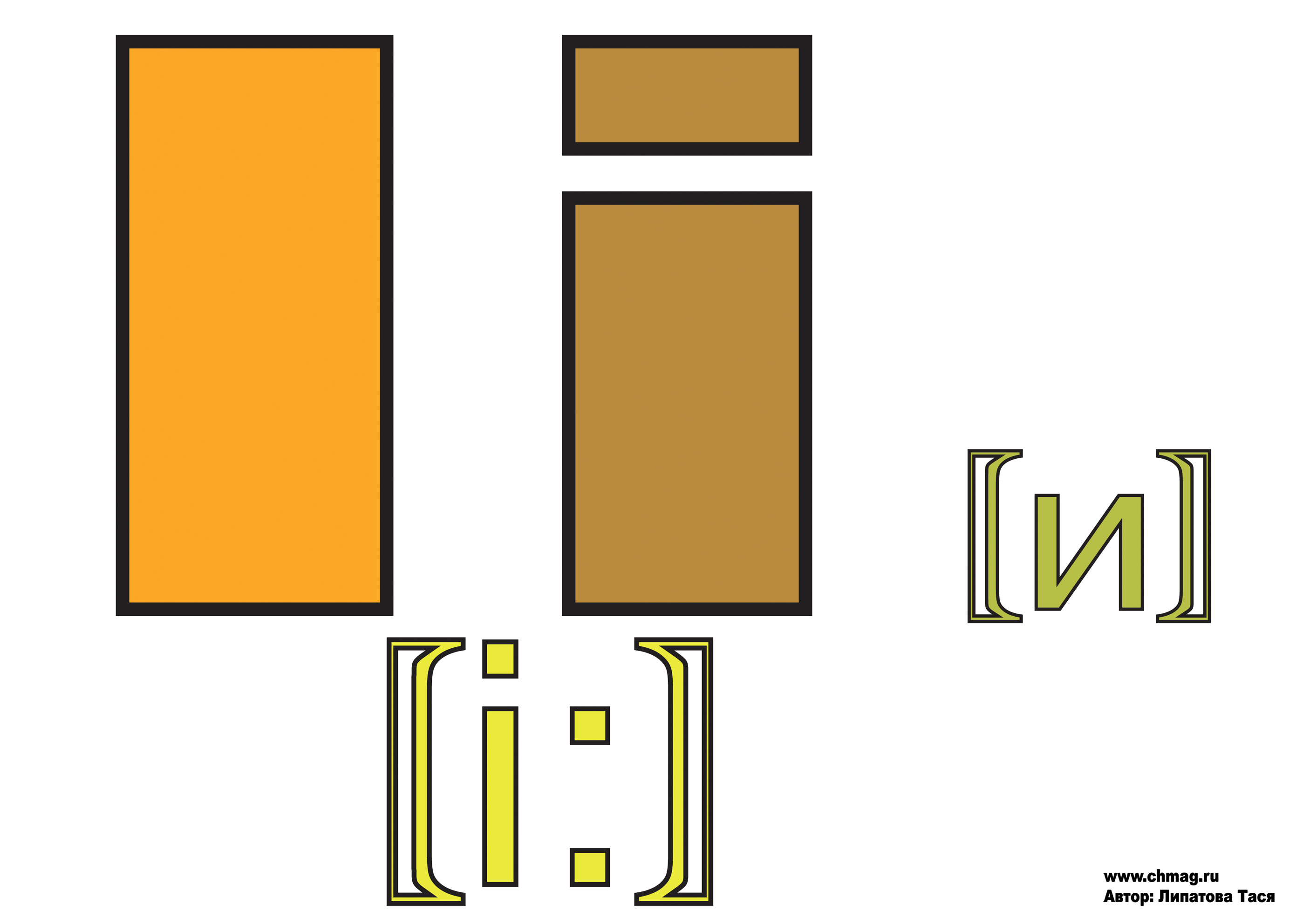
The tenth letter of the German alphabet is J, click and the coloring page will open.
![]()
The eleventh letter of the German alphabet is K, press and the coloring page will appear.
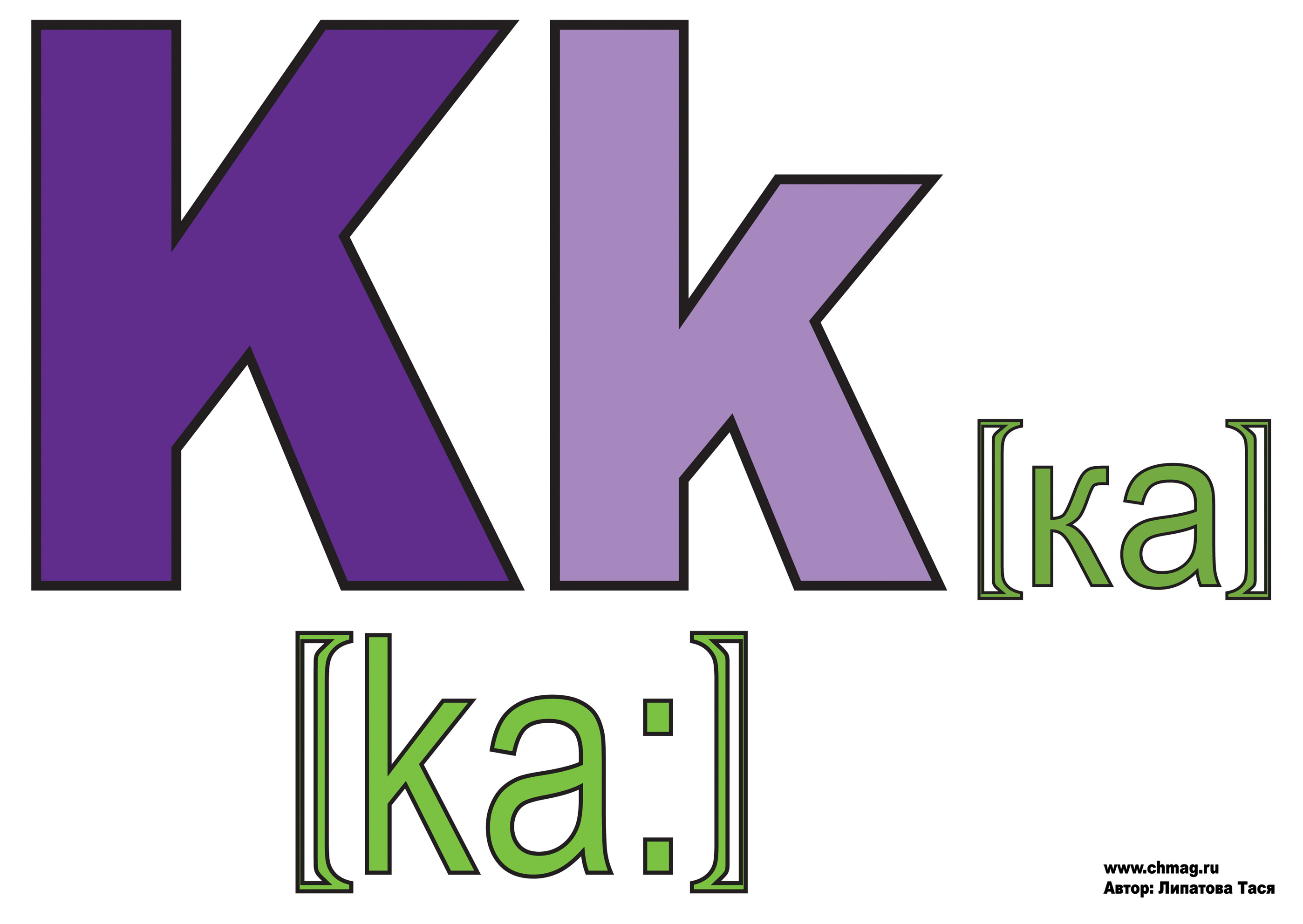
The twelfth letter of the German alphabet is L, click and the coloring page will appear.

The thirteenth letter of the German alphabet is M, click and the coloring page will appear.
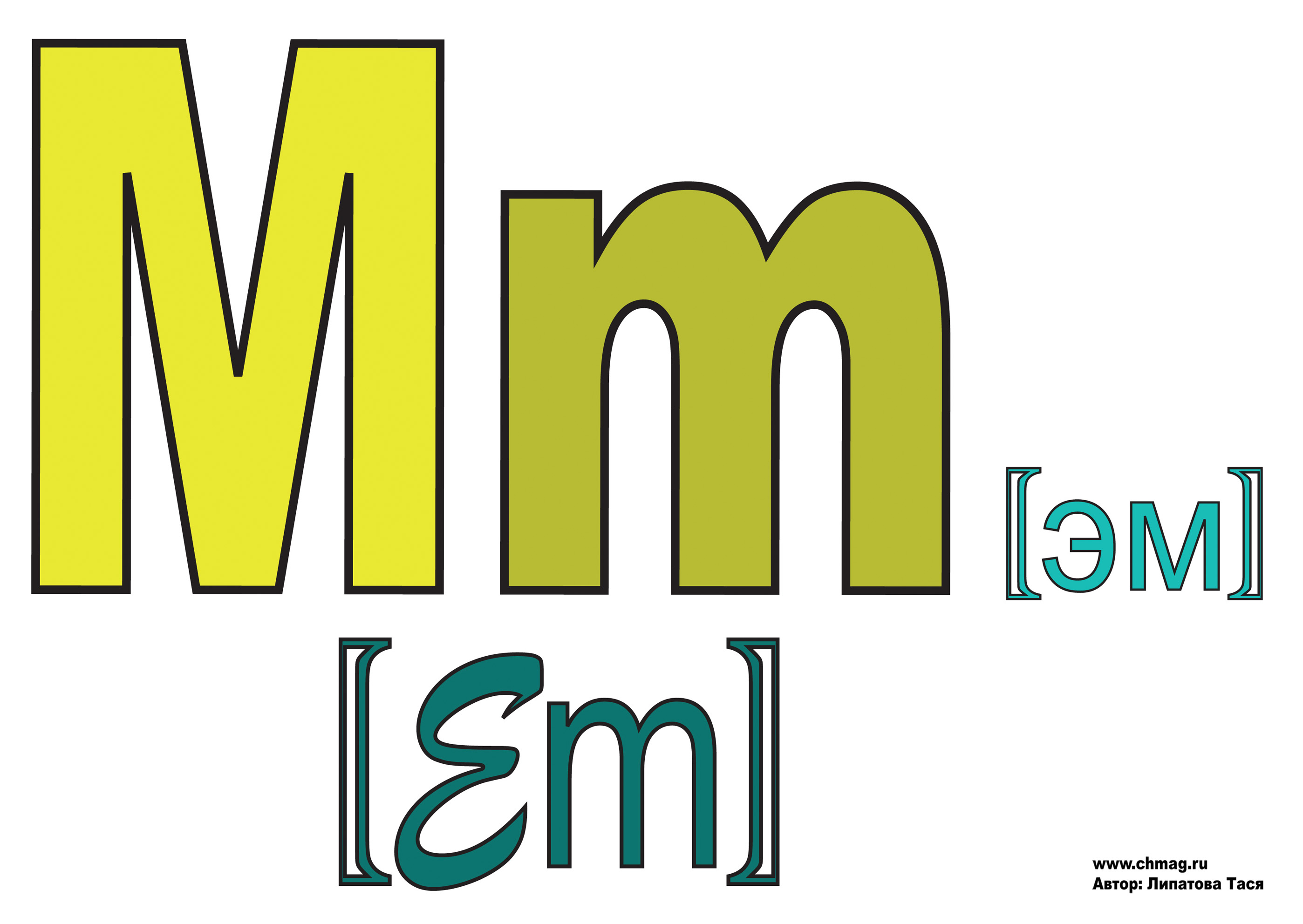
The fourteenth letter of the German alphabet N, click and there will be a coloring page.
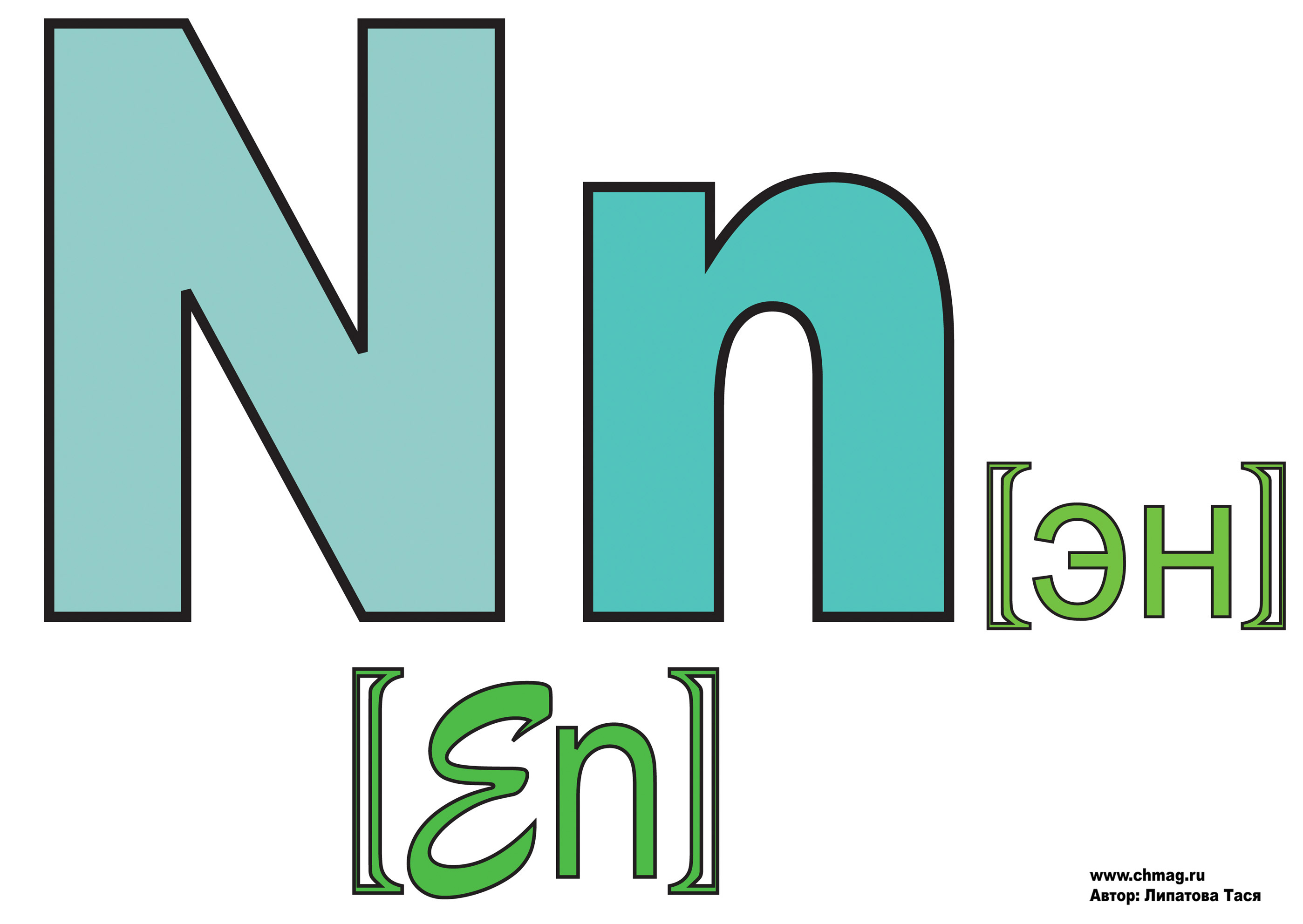
The fifteenth letter of the German alphabet is O, click on it and there will be a coloring page.
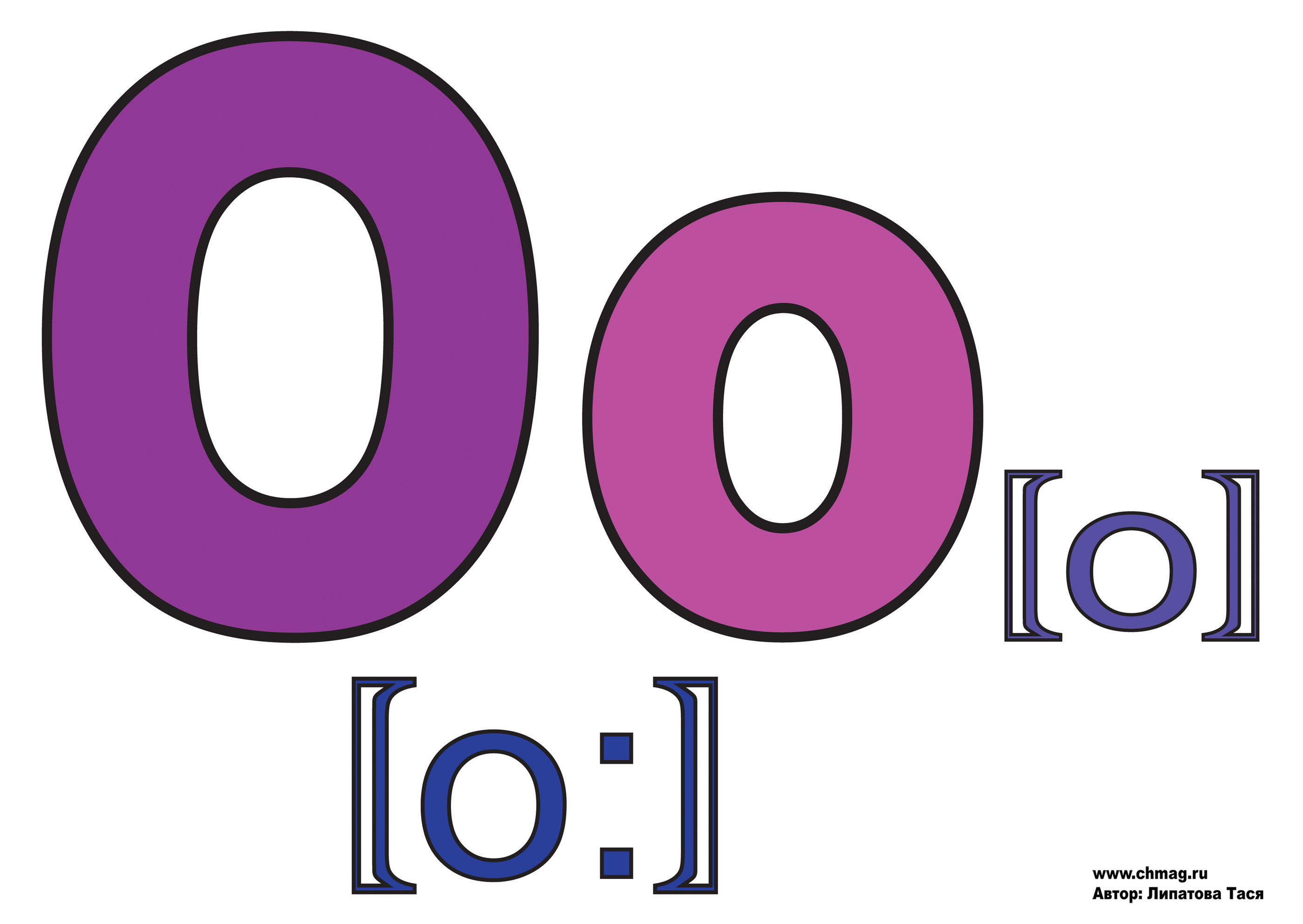
The sixteenth letter of the German alphabet is R, click on it and there will be a coloring page.

The seventeenth letter of the German alphabet is Q, click on it and the coloring page will appear.
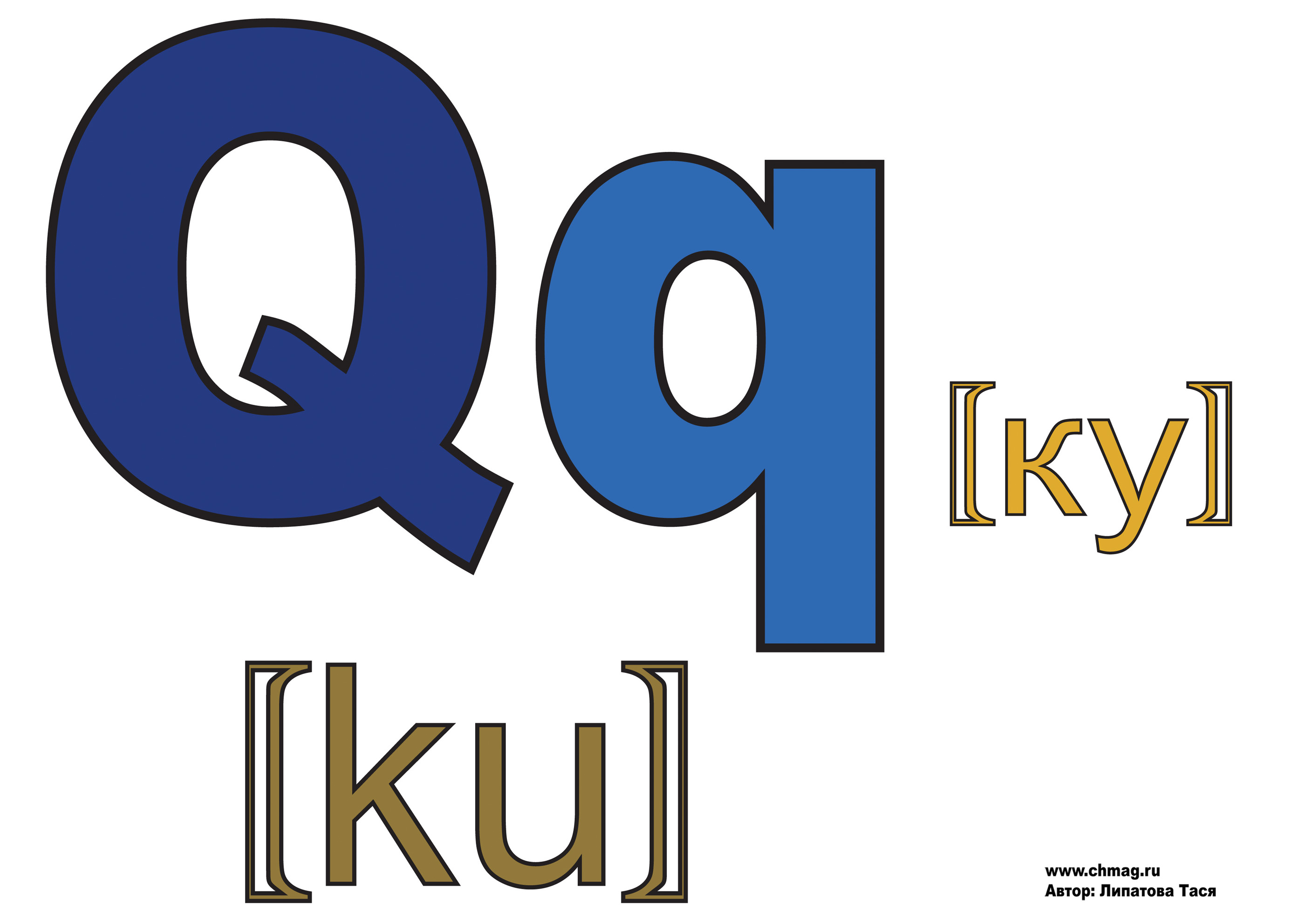
The eighteenth letter of the German alphabet is R, click and the coloring page will appear.
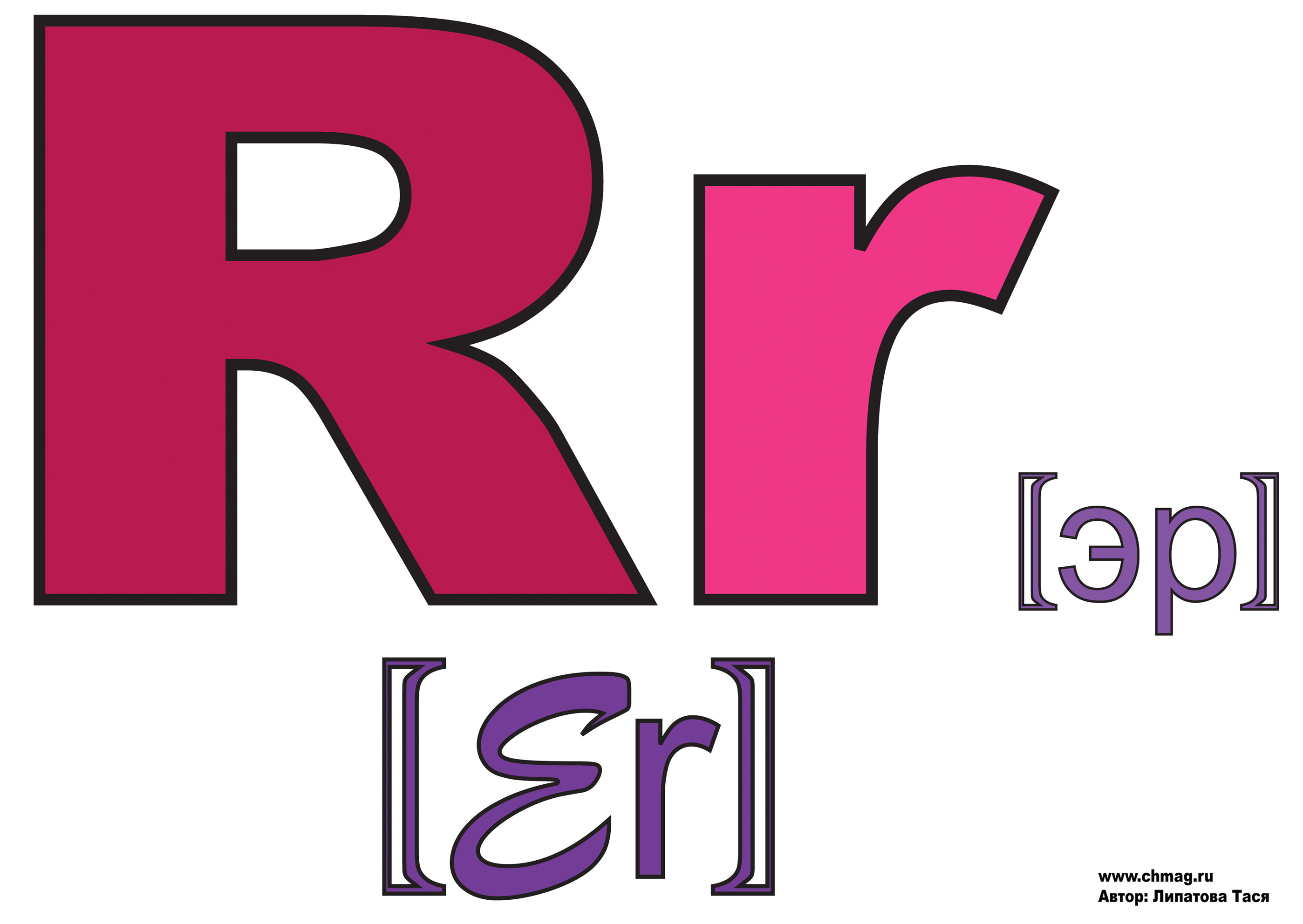
The nineteenth letter of the German alphabet is S, click and the coloring page will open.

The twentieth letter of the German alphabet is T, click and the coloring page will open.
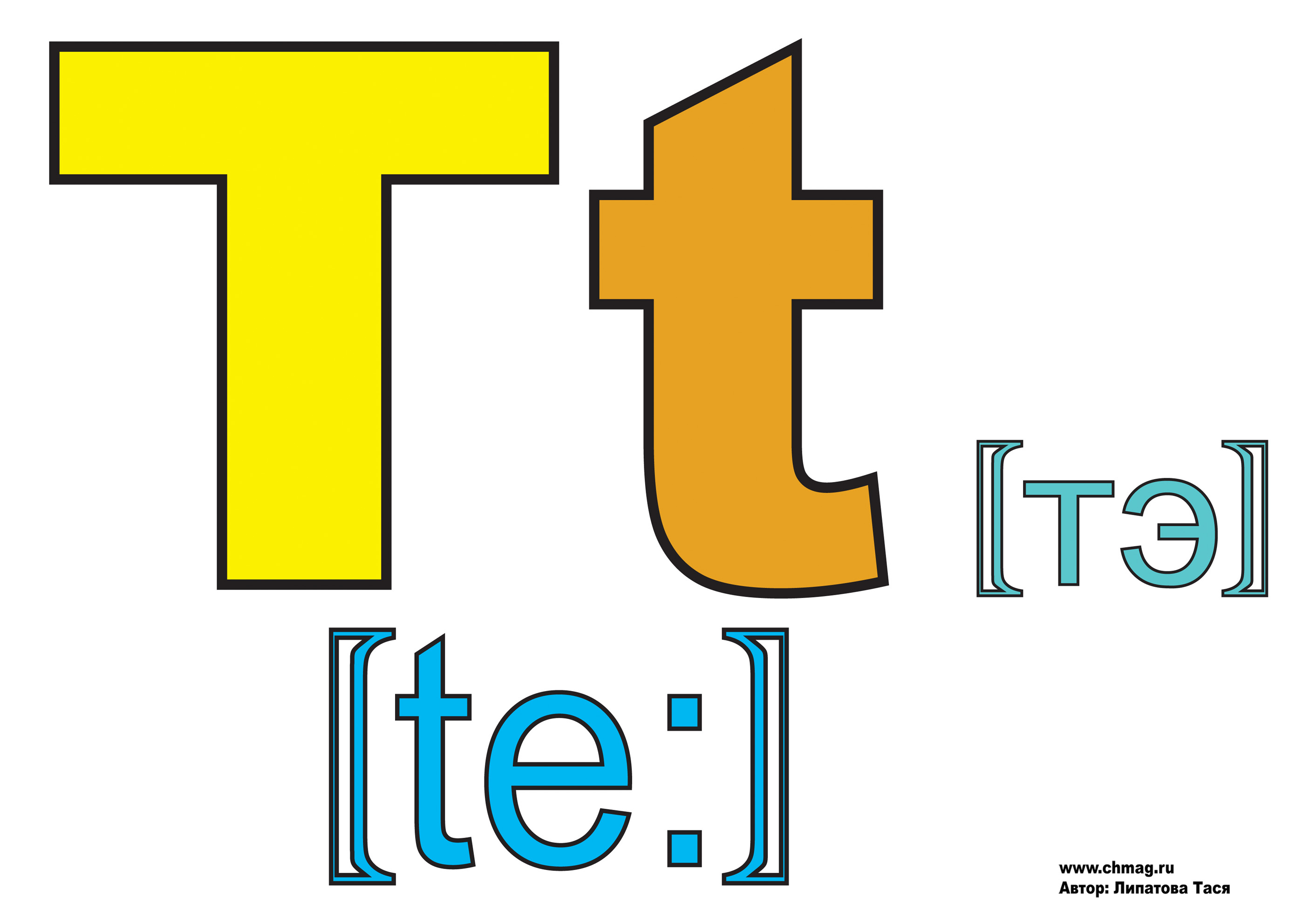
The twenty-first letter of the German alphabet is U, click and the coloring page will open.

The twenty-second letter of the German alphabet is V, click and the coloring page will open.
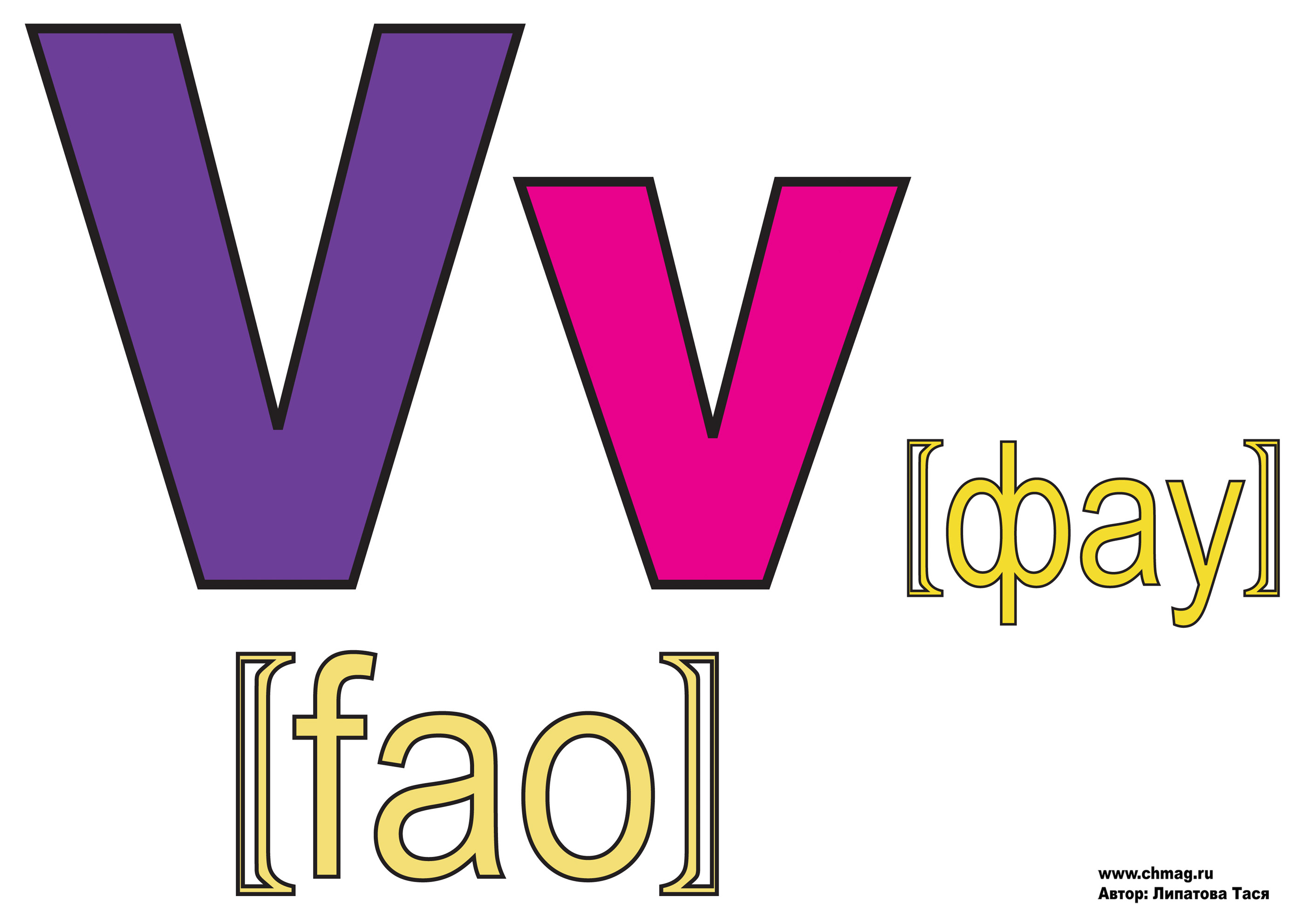
The twenty-third letter of the German alphabet is W, click and the coloring page will open.
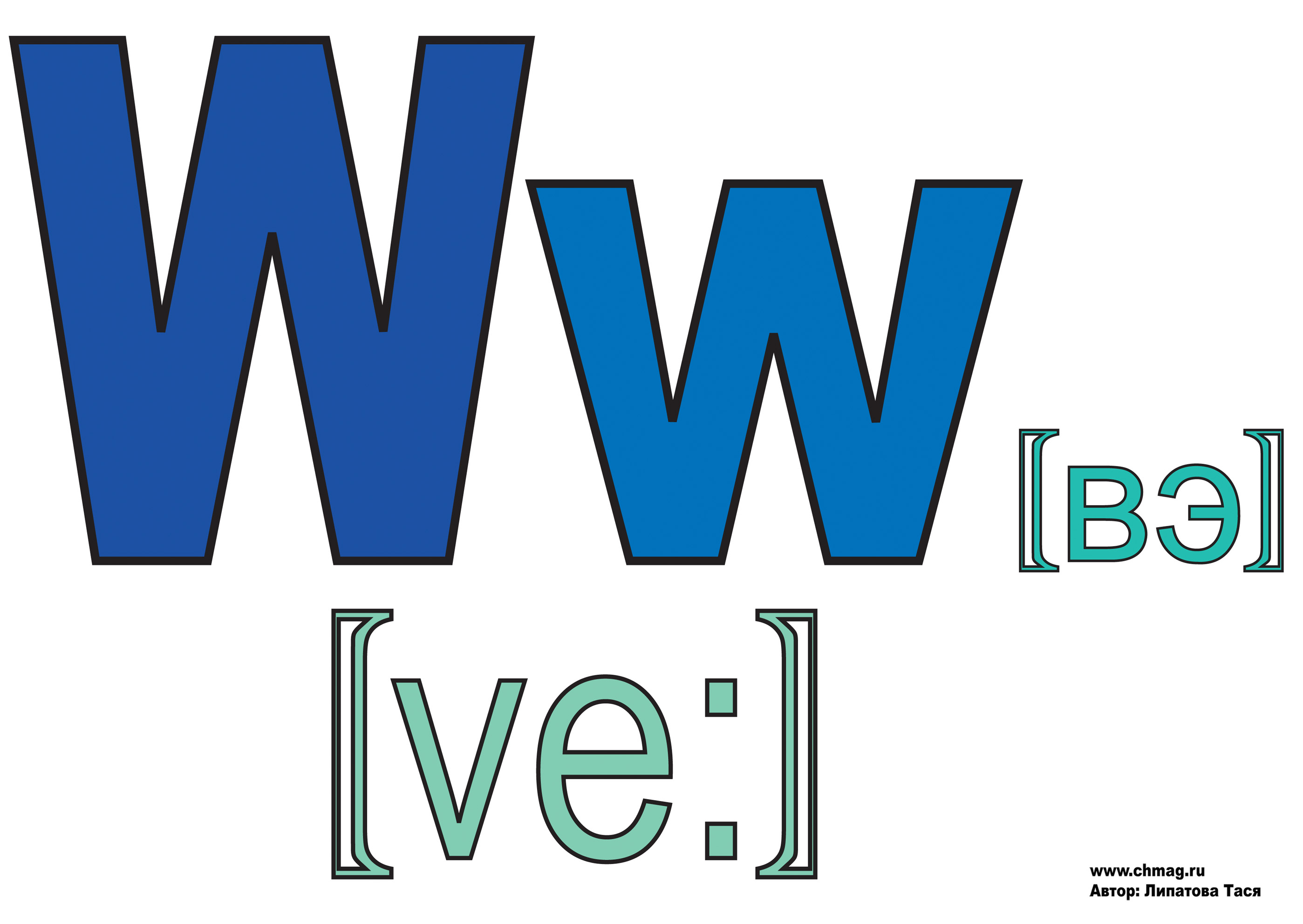
The twenty-fourth letter of the German alphabet is X, click and the coloring page will open.

The twenty-fifth letter of the German alphabet is Y, click and the coloring page will open.
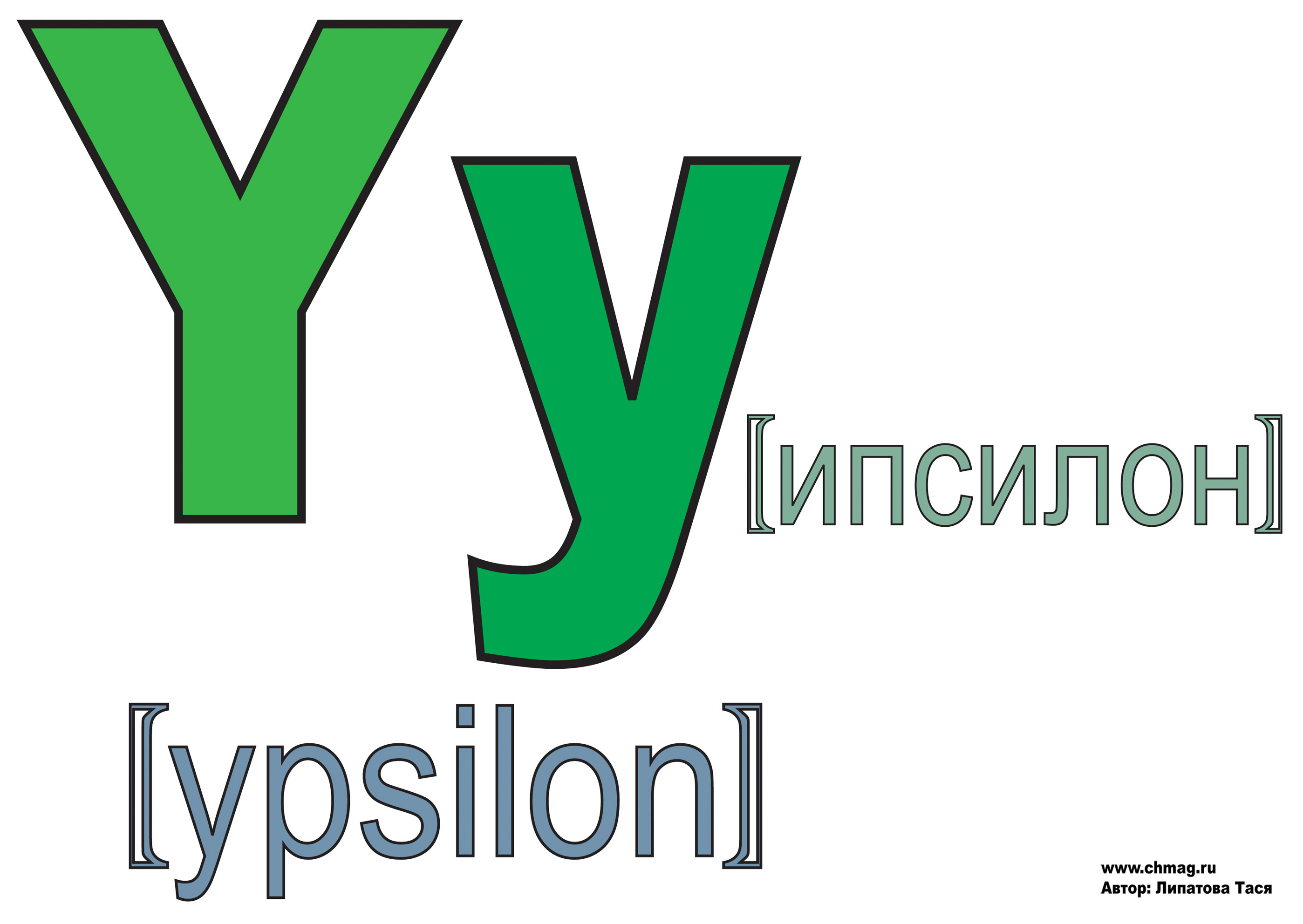
The twenty-sixth letter of the German alphabet Z, click and the coloring page will open.
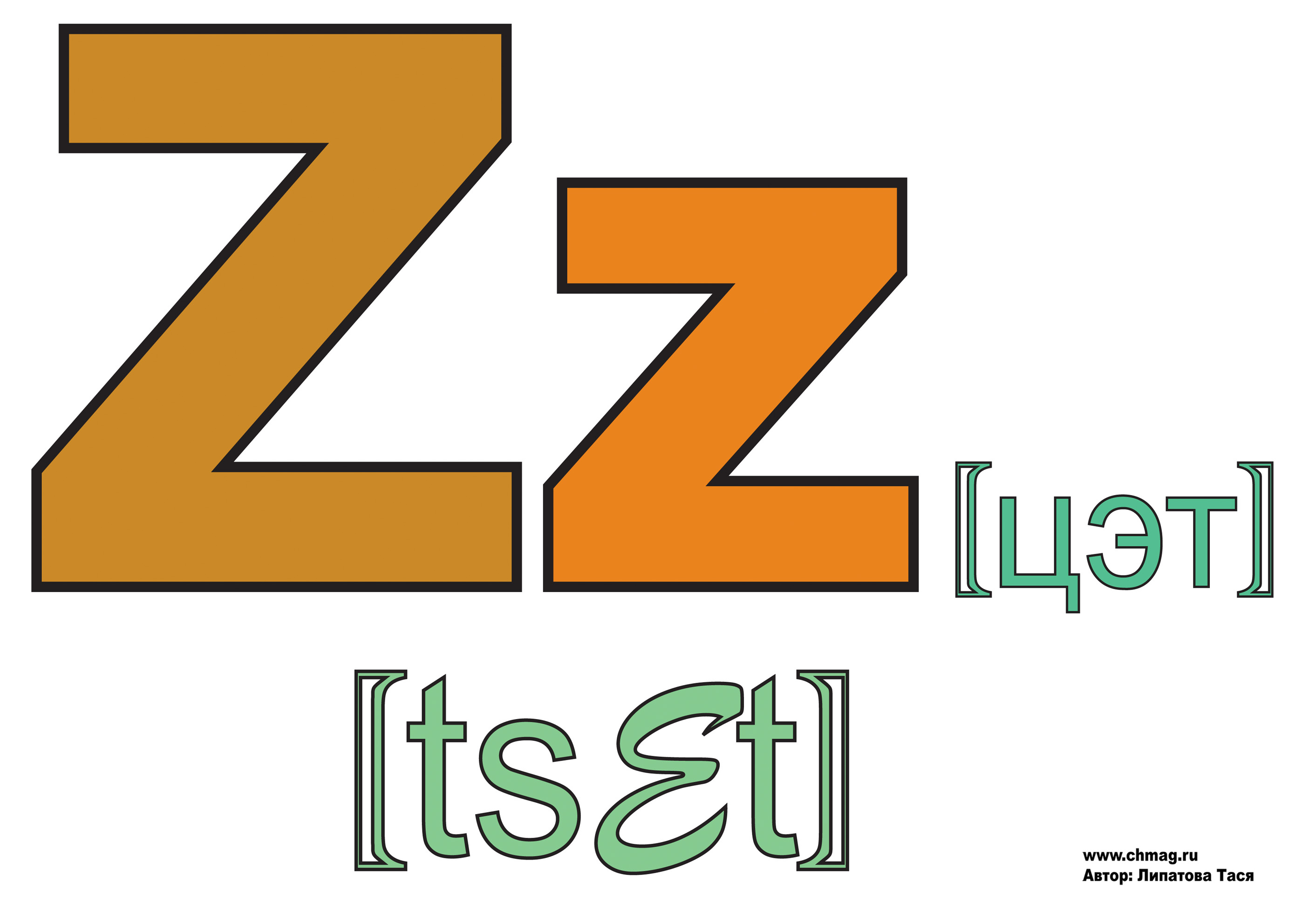
The main occupation of schoolchildren and students is study. Children spend more than 50 percent of their time on textbooks, notebooks and computers - this is an integral part of the life of a modern teenager.
But children do not always have to learn what they like - most subjects cause boredom, you have to force the child to learn lessons, draw up a schedule with him, and much more. IN Paken.ru They will tell you how to make German interesting for students of any age.
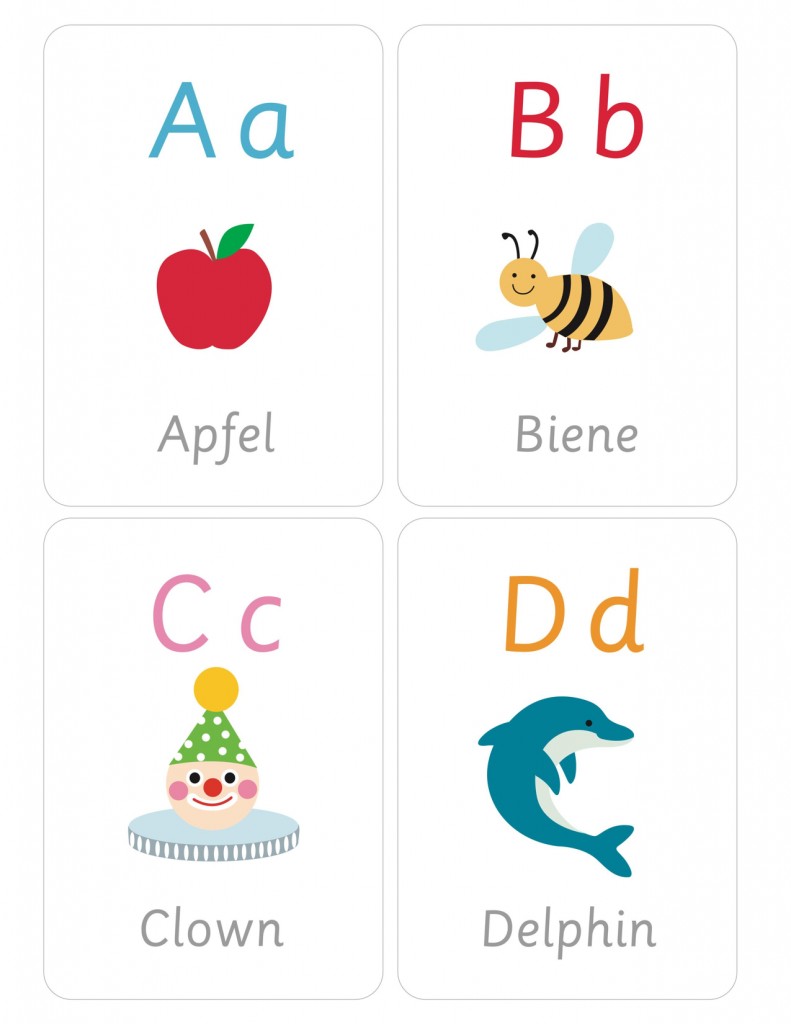
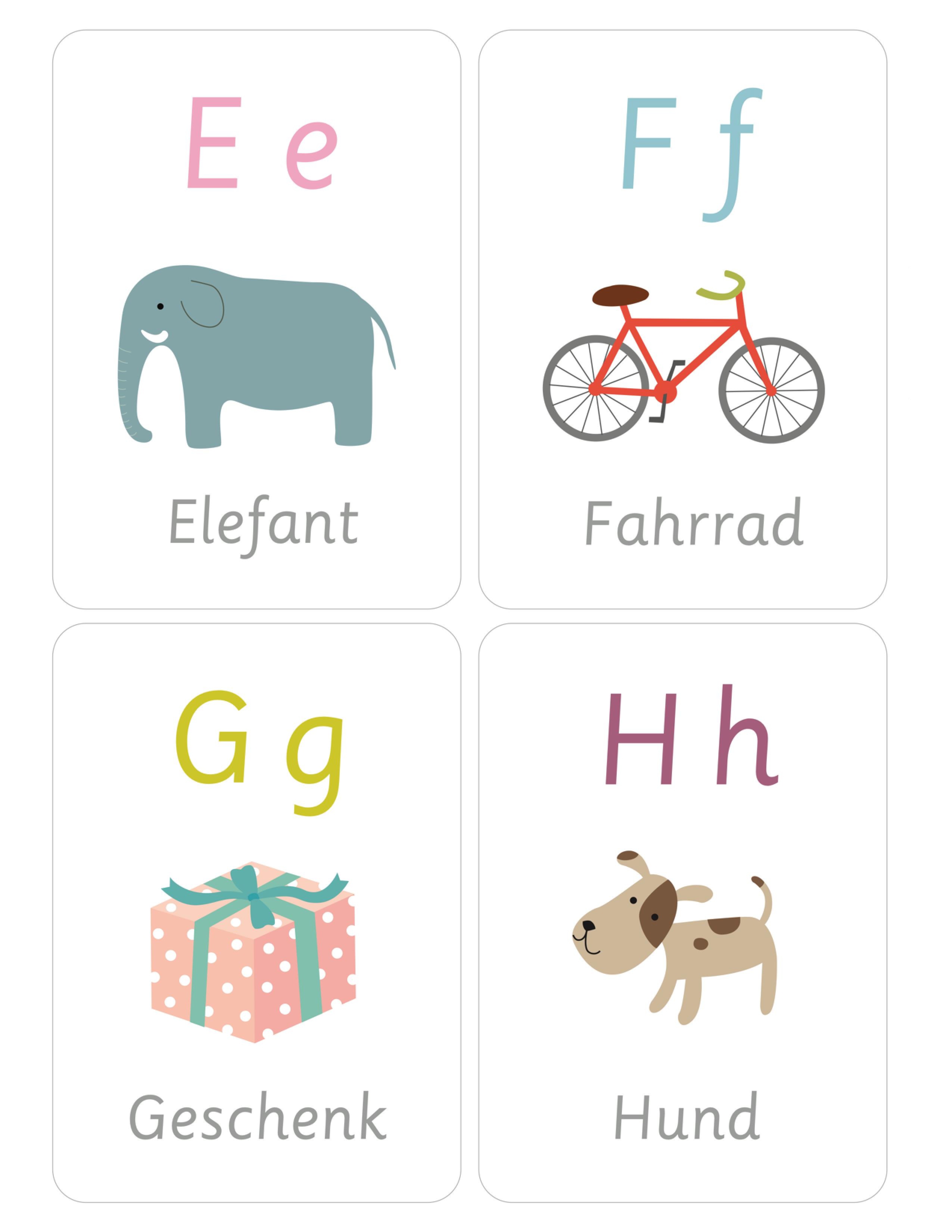

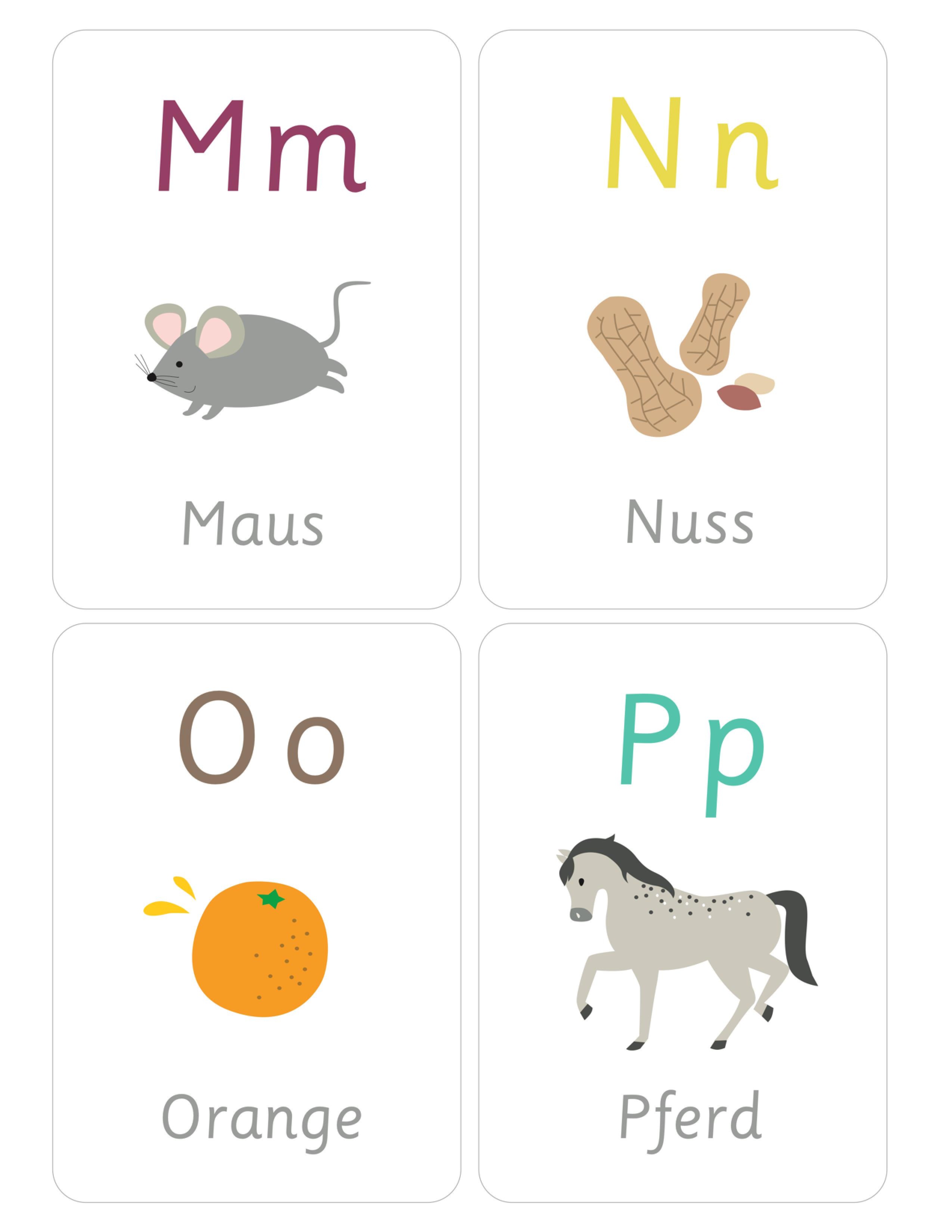
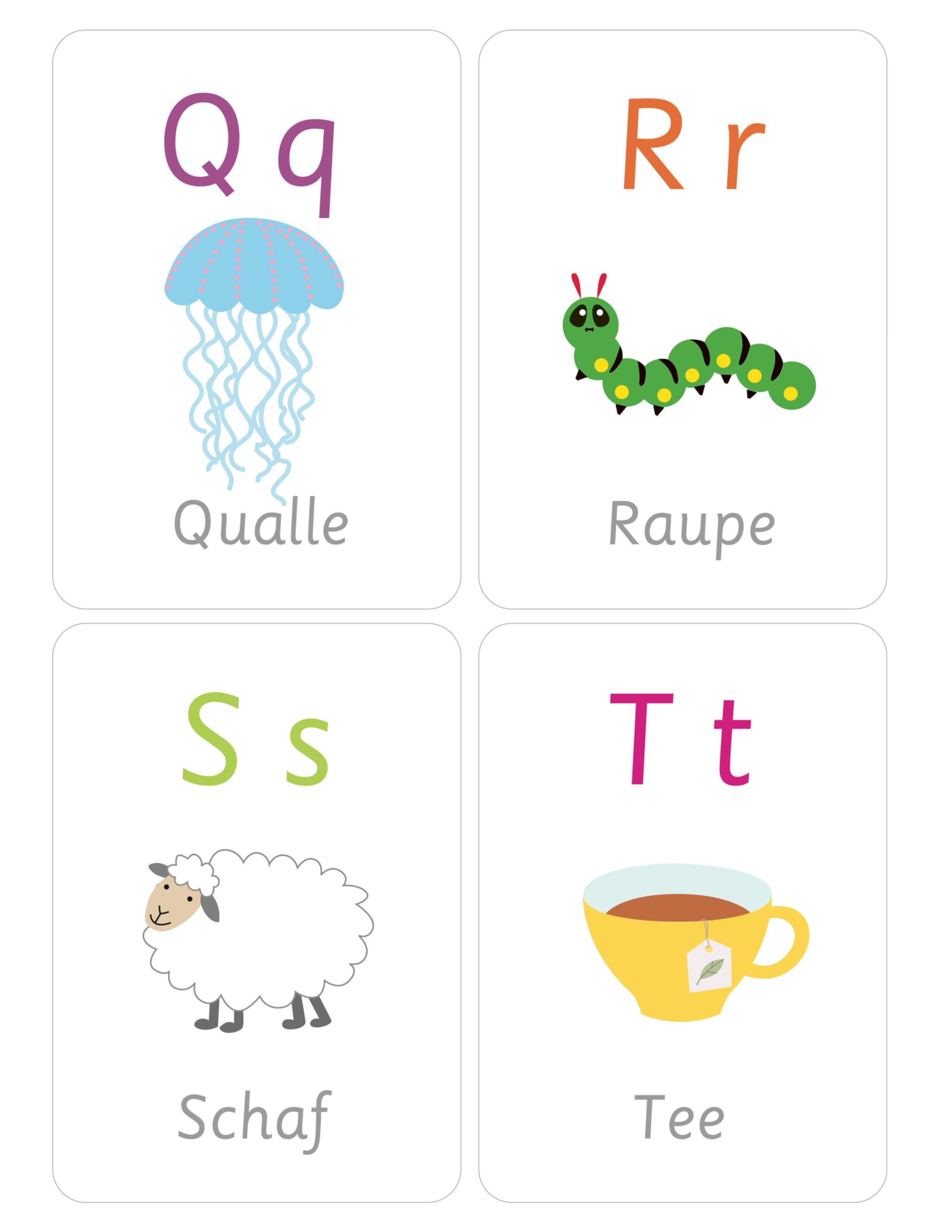

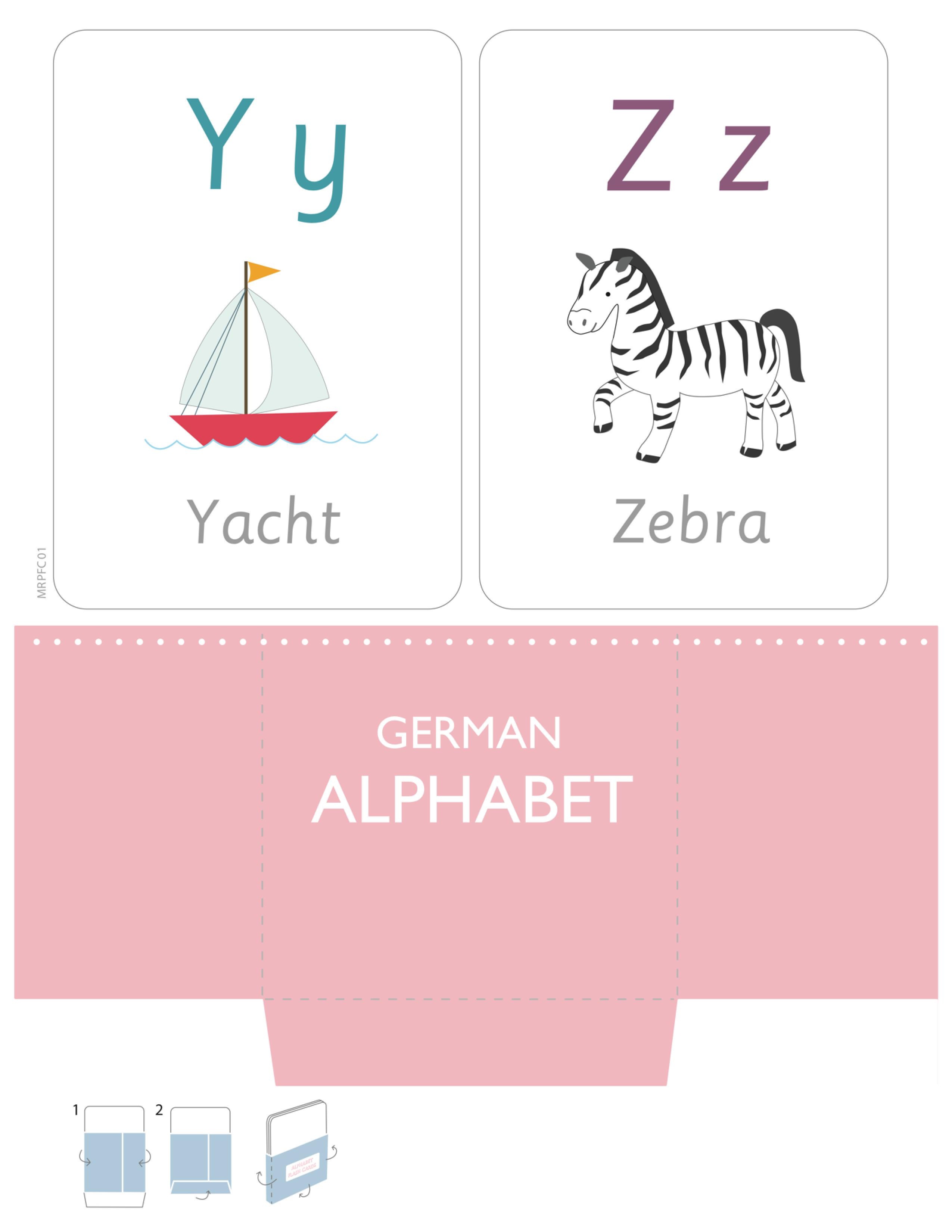
Teachers Paken.ru We have developed special tips that will help to interest a child in a new subject. Toddlers and teenagers are the most difficult age when getting them to learn is the hardest.
- It never happens that a child does not want to learn for no reason. There's a reason for everything. It is necessary to work out all aspects - the psychological plan, the program, the teacher, the school. It is necessary to eliminate the cause, then a desire to learn will appear, for example, choose a different teacher or switch to a different program for mastering the subject.
- Without good fluent reading skills foreign language the child will not move on. Make sure that he has mastered this stage one hundred percent - otherwise, hire a tutor, talk to the teacher.
- It is important to organize your workplace correctly. A teenager's daily routine should have a clear schedule. A certain time is allocated for study, leisure, sports, additional classes, clubs and sections. Leisure must be a must, otherwise the child will quickly get tired and lose interest in learning.
- It is necessary to be supportive of the baby and support him in his difficult work. You don’t need to sit with him on homework every day, but he should always feel your support. Ask how things are going with him. Help if necessary.
PrintGerman in pictures, or basic study methods
Pay attention to how your child’s German lessons with the teacher go. It is good if the following methods are used in the process.
- New knowledge must be applied in practice: conversations in German, watching children's films, reading books, poetry by heart, etc.
- Use picture cards when learning new words and letters.
- On specific examples The child needs to be told that speaking a new language is convenient and useful. He will need it in the future for work and travel abroad.
- During conversation classes in German, various topics should be covered: sports, computer technology, the world and so on.
The child should have fun learning German. This will help him learn a new discipline thoroughly and for a long time, and will also make your relationship with him more trusting.

